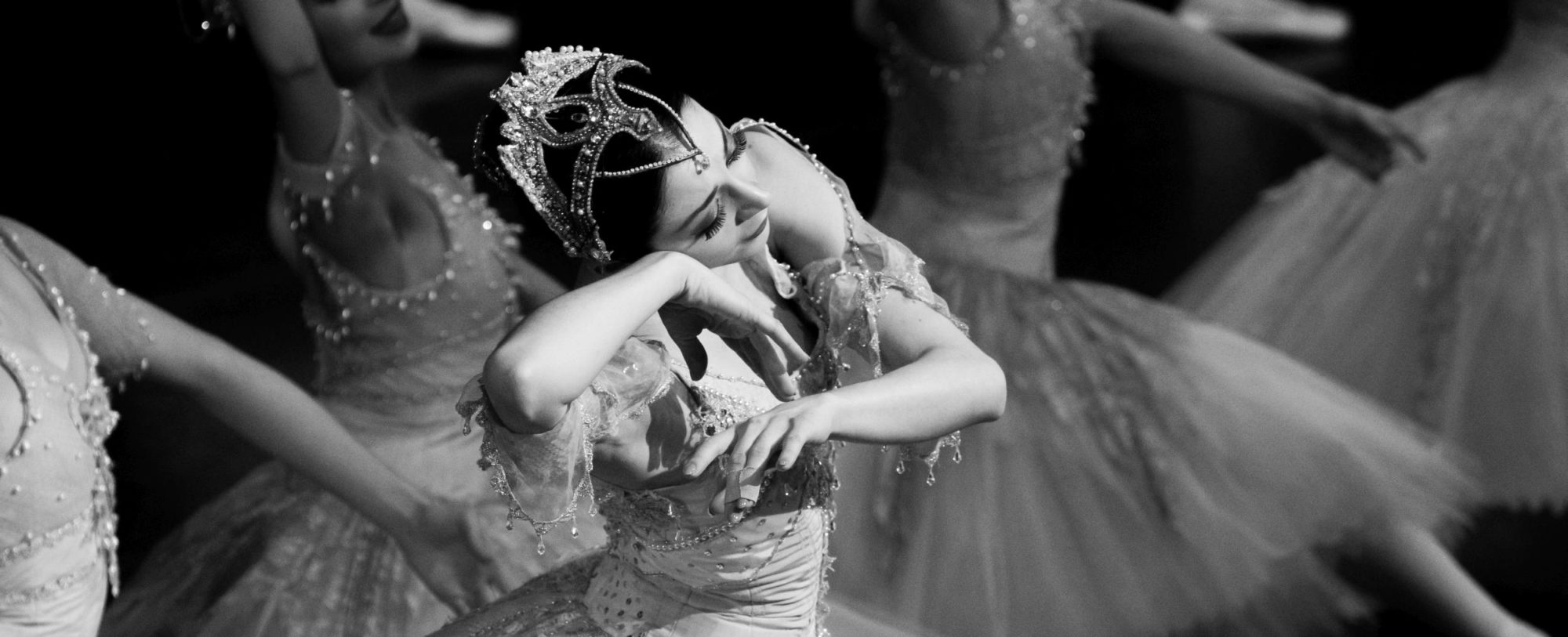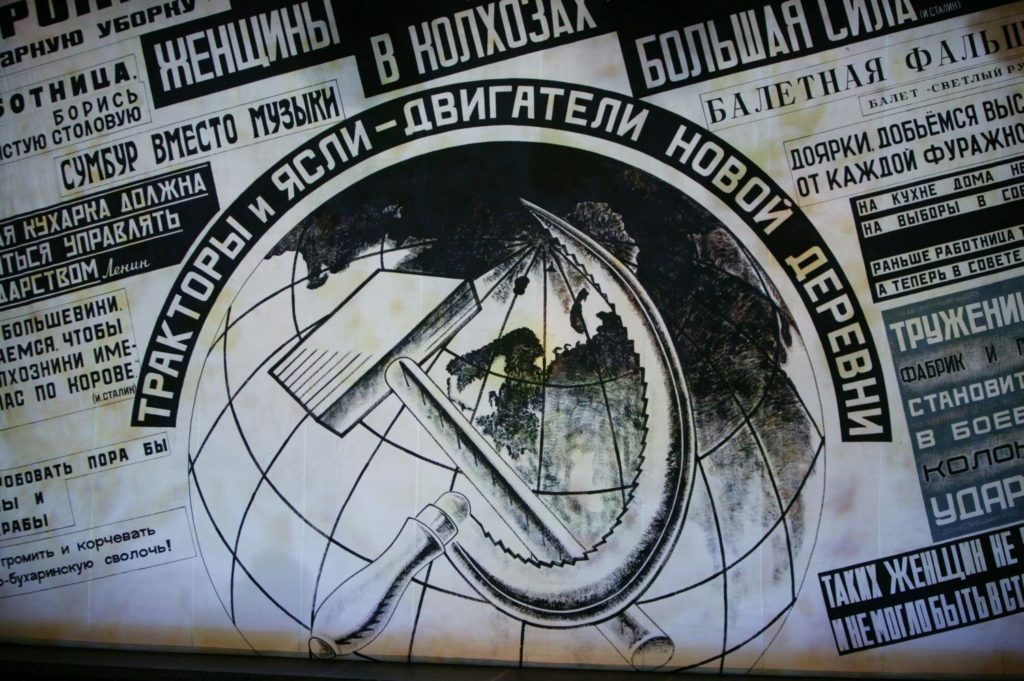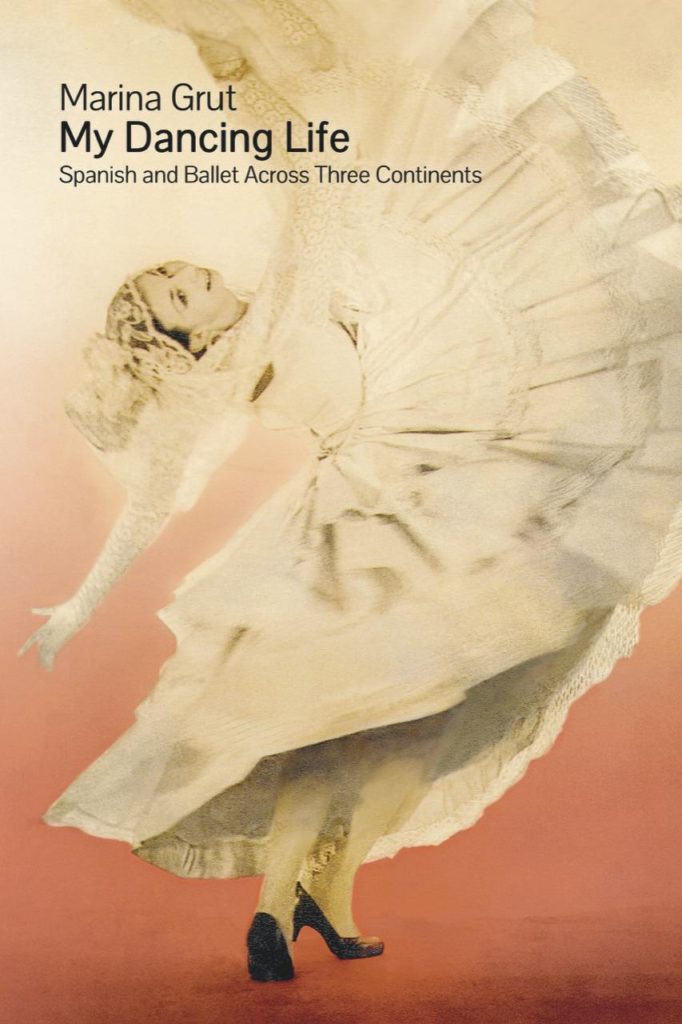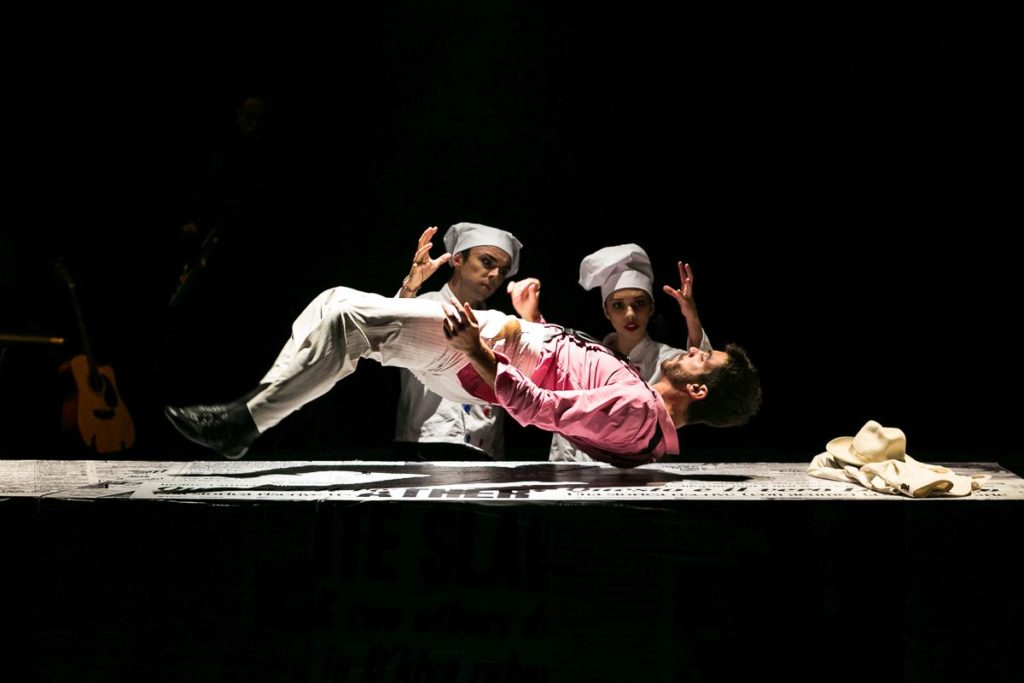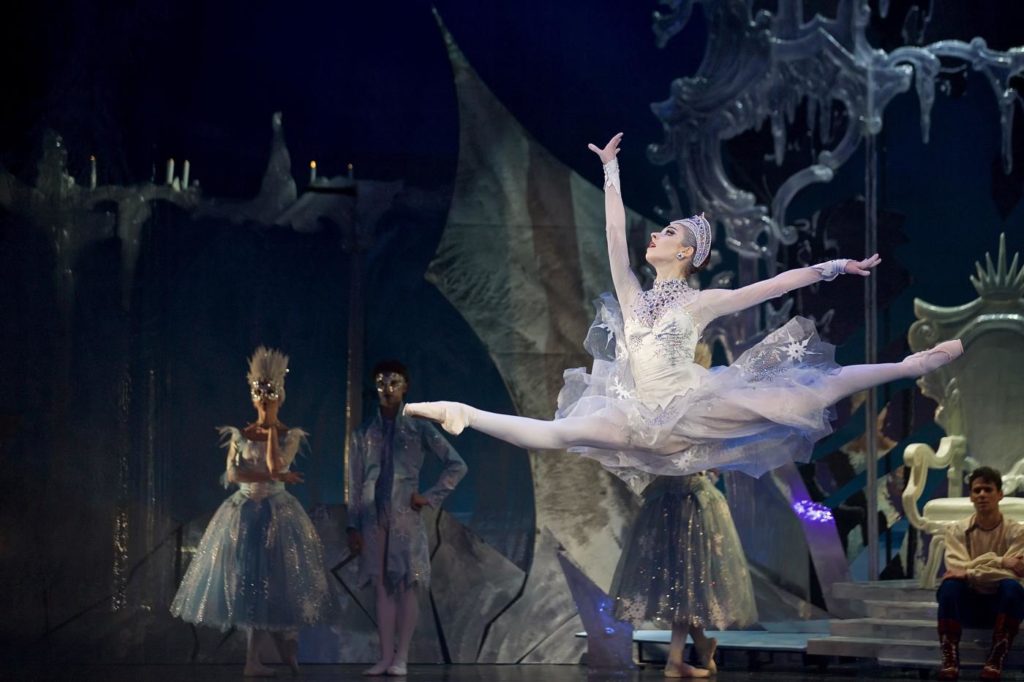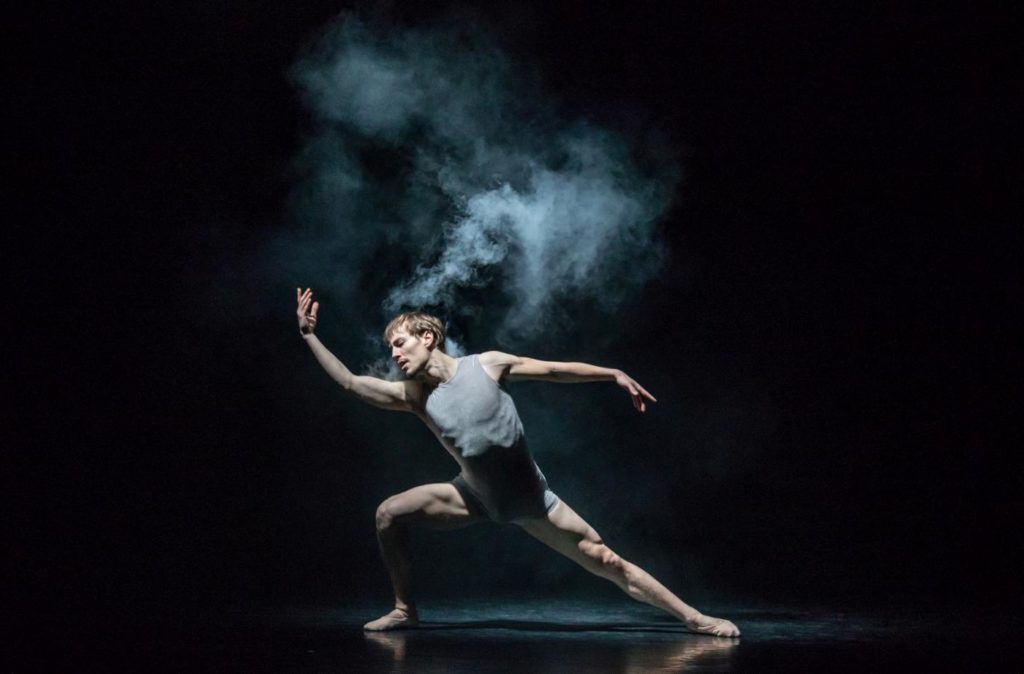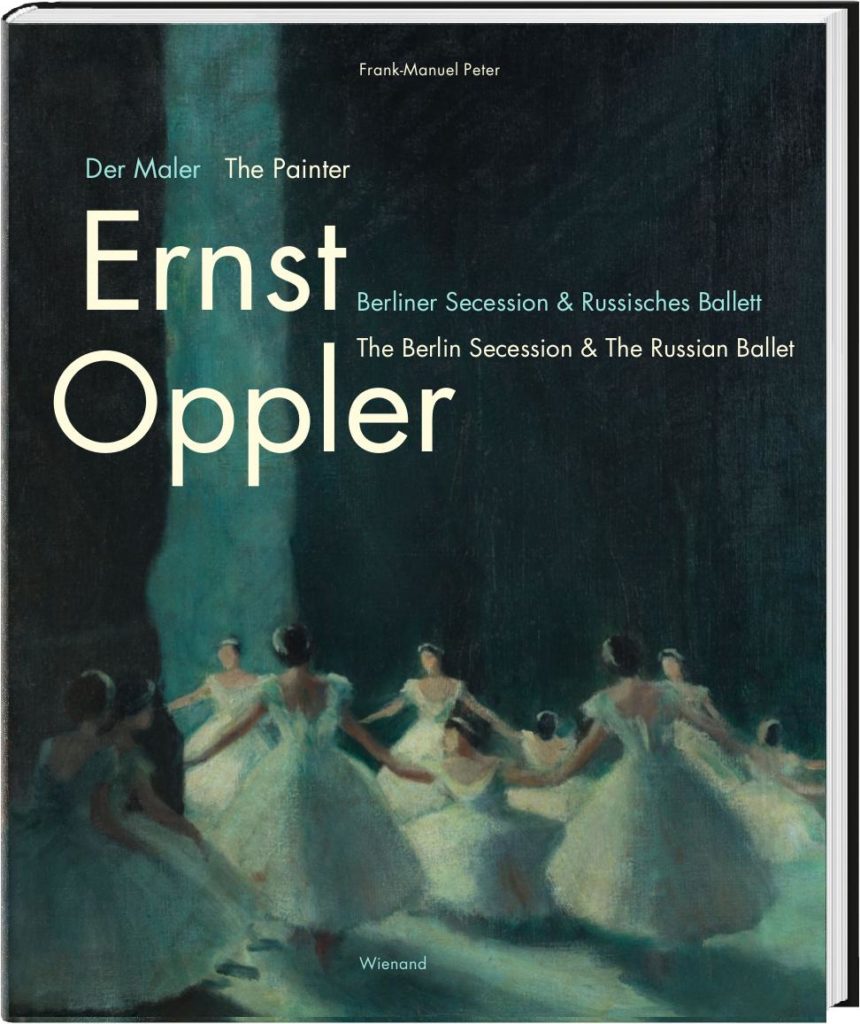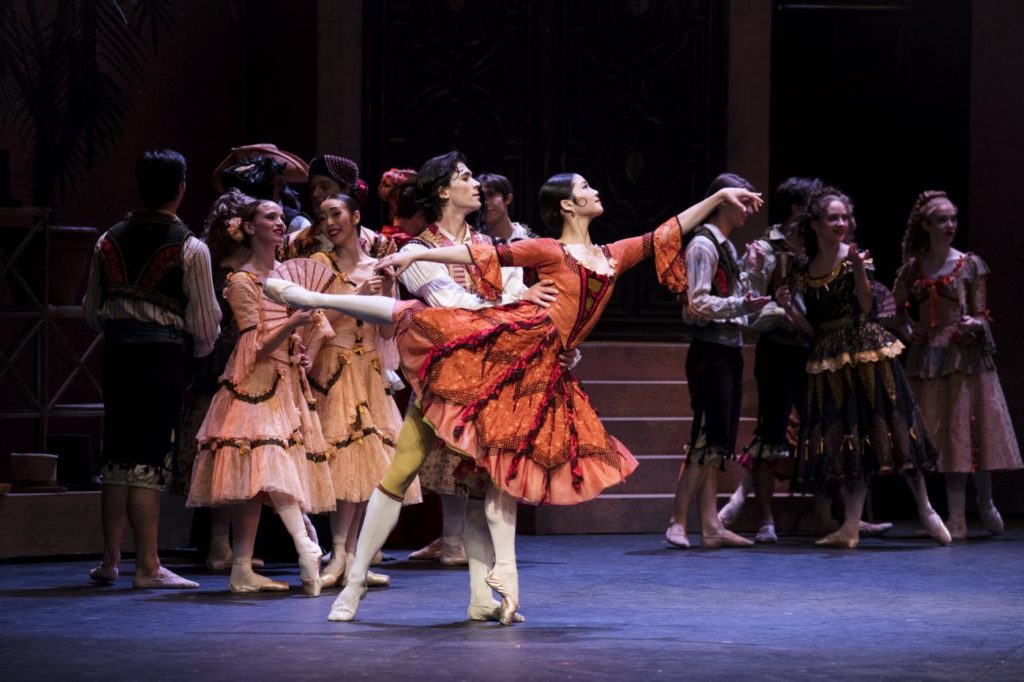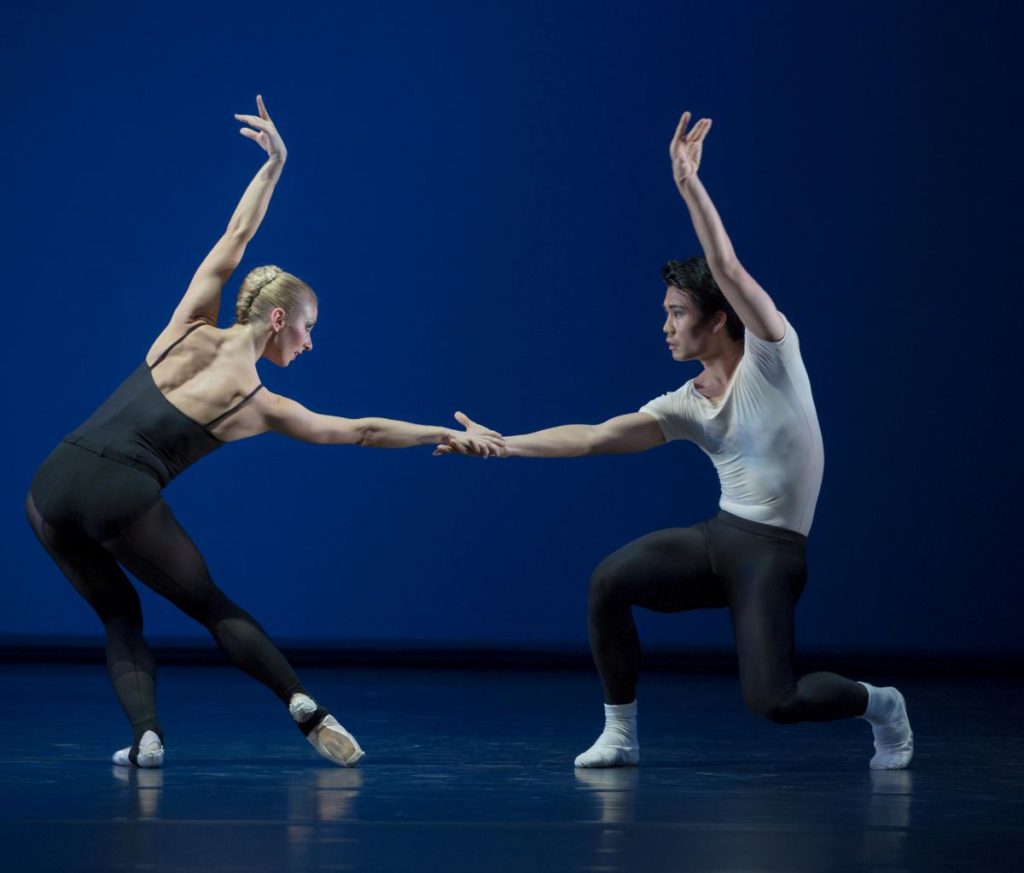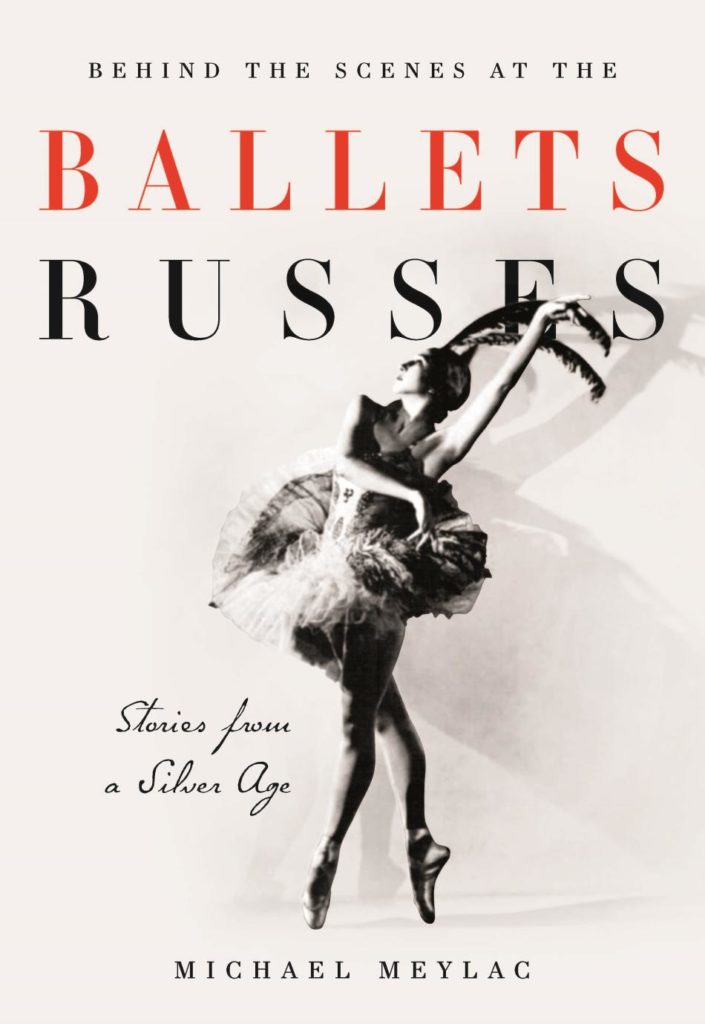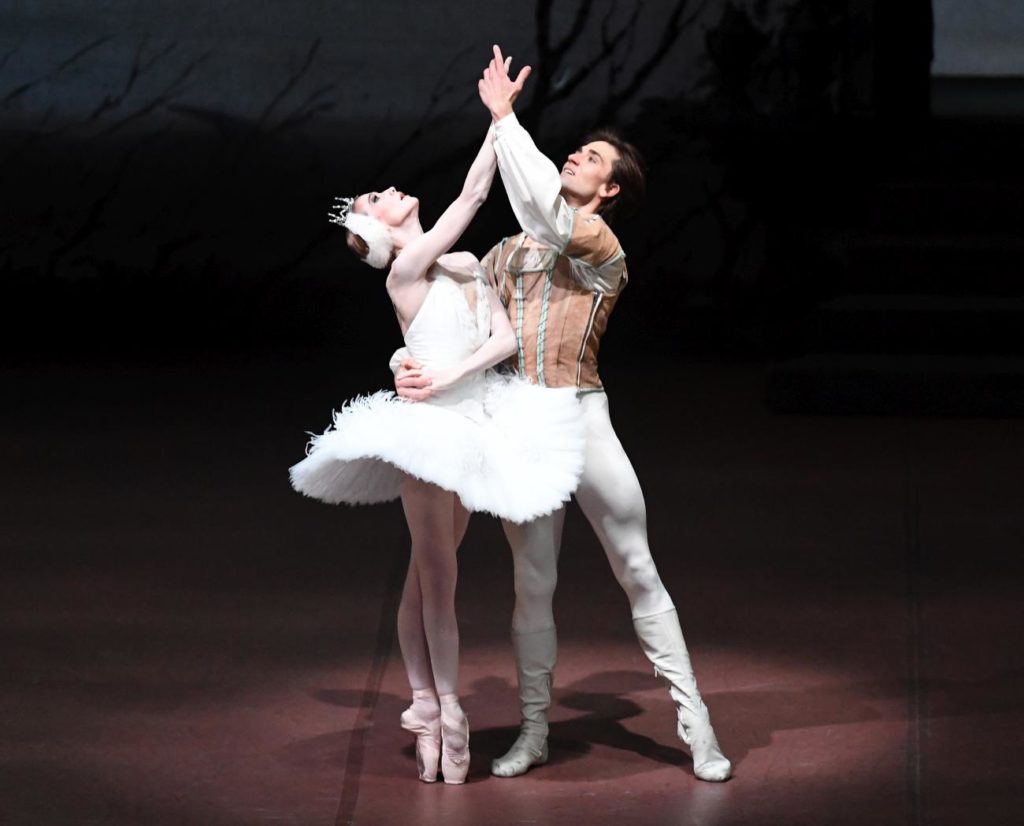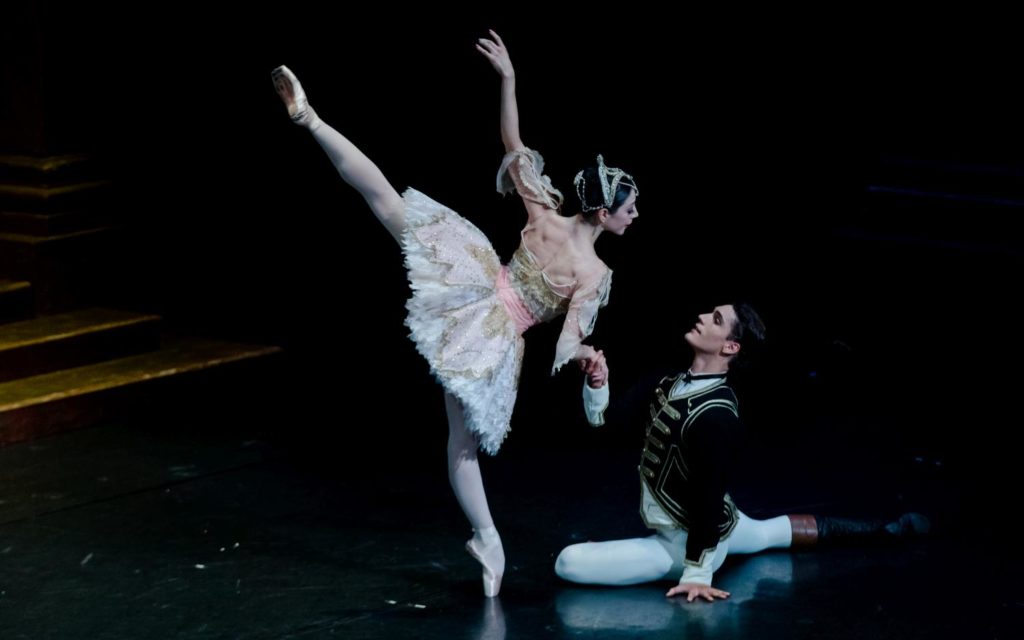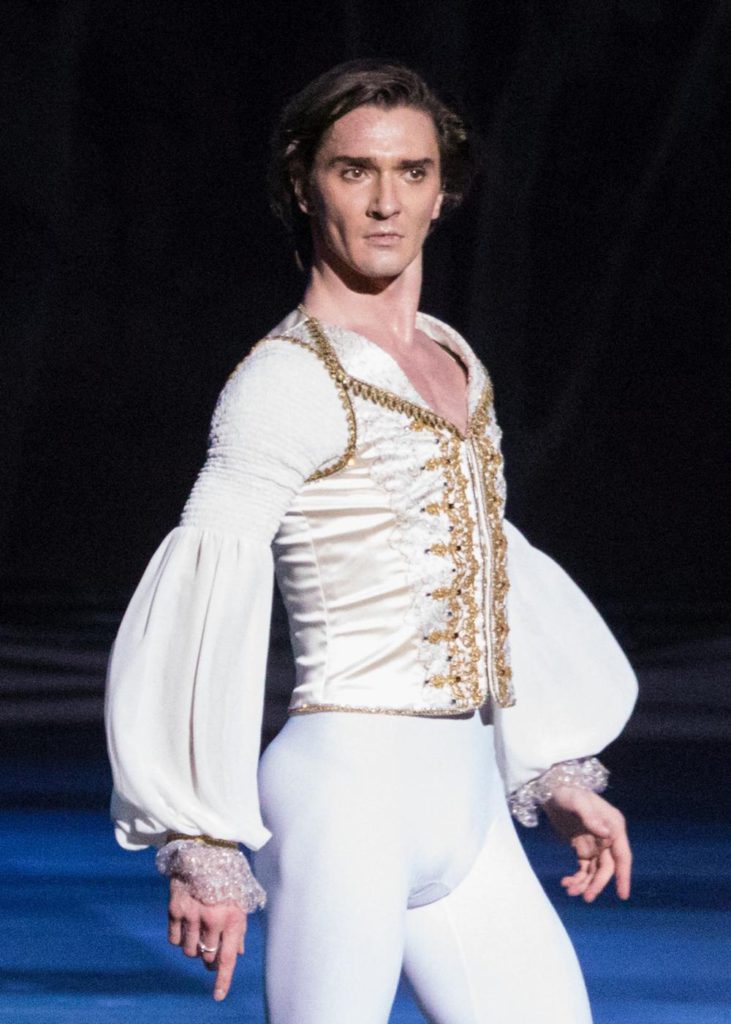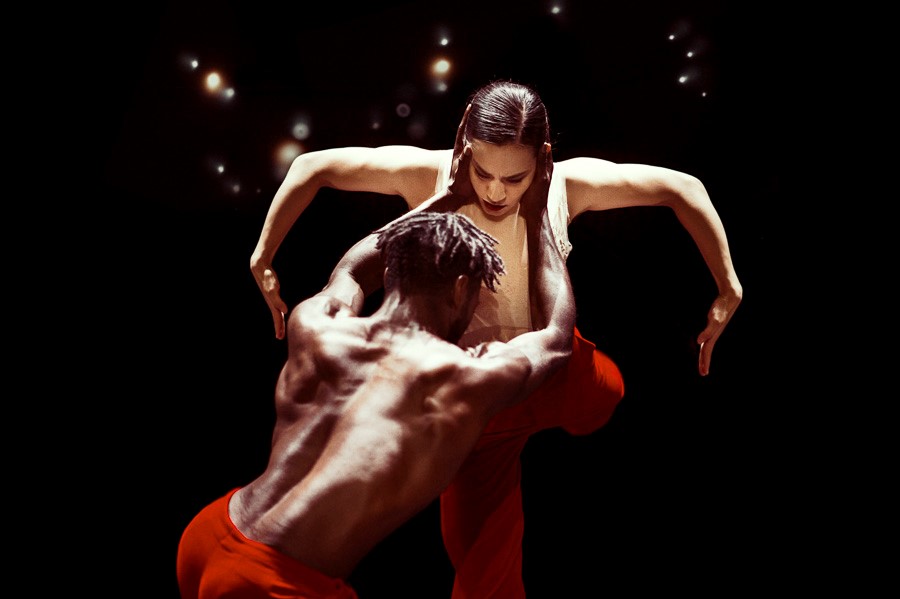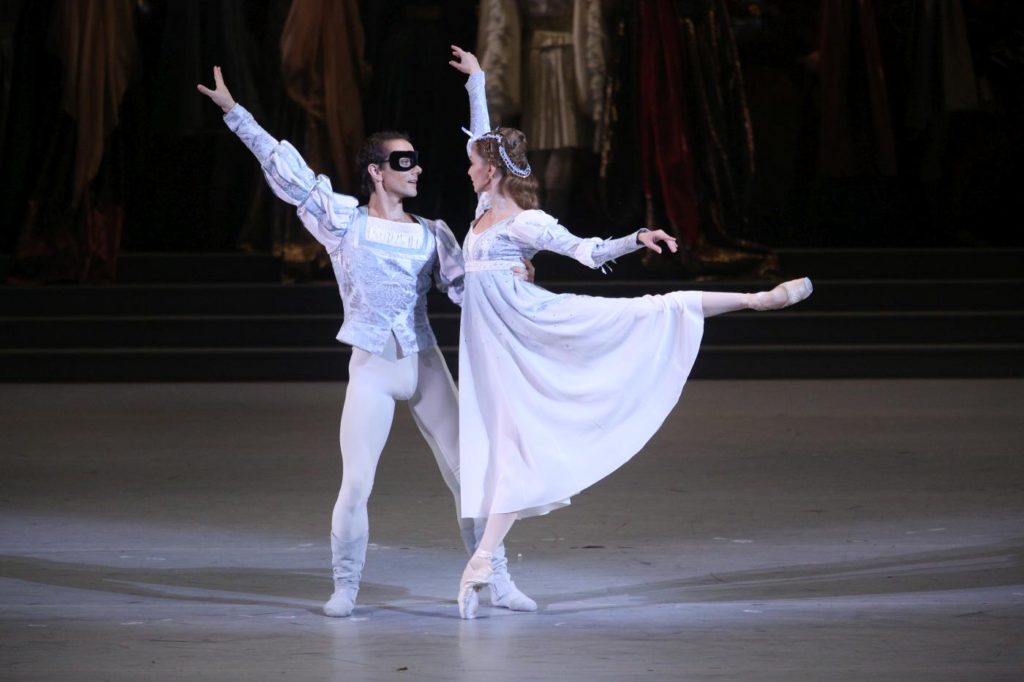The Art of Storytelling
“Don Quixote”
Dutch National Ballet
Dutch National Opera & Ballet
Amsterdam, The Netherlands
February 13, 2018
by Ilona Landgraf
Copyright © 2018 by Ilona Landgraf
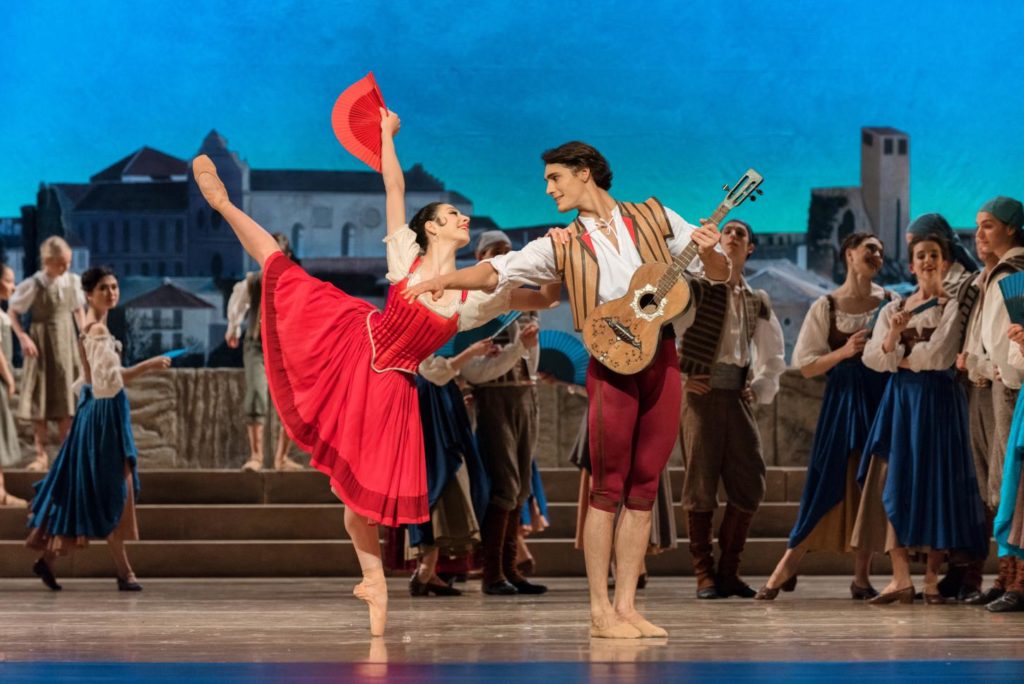 Last June, after the premiere of Alexei Ratmansky’s “Shostakovich Trilogy” at Dutch National Ballet, principal dancer Jozef Varga told me how much he was looking forward to the revival of Ratmansky’s “Don Quixote”. Amsterdam’s company holds six pieces by Ratmansky in its repertoire and quite likely it will soon have more. The dancers love to work with him. Ratmansky’s “Don Quixote” premiered in 2010 and now, for the third revival, he came over from New York to direct the final rehearsals. Varga wasn’t on stage on opening night, but will dance in later performances. (more…)
Last June, after the premiere of Alexei Ratmansky’s “Shostakovich Trilogy” at Dutch National Ballet, principal dancer Jozef Varga told me how much he was looking forward to the revival of Ratmansky’s “Don Quixote”. Amsterdam’s company holds six pieces by Ratmansky in its repertoire and quite likely it will soon have more. The dancers love to work with him. Ratmansky’s “Don Quixote” premiered in 2010 and now, for the third revival, he came over from New York to direct the final rehearsals. Varga wasn’t on stage on opening night, but will dance in later performances. (more…)
